Viagem Brazil: Going inside the world’s largest cashew tree in Natal


NATAL, Brazil – The largest cashew tree in the world looks less like a tree and more like a forest. Its branches – and branches – and branches – stretch for what seems like a country mile, for more than a few square blocks, for perhaps the length of a soccer pitch.
Visitors walk underneath the higher limbs, above the roots, on a wooden walkway underneath a canopy of leaves so thick it nearly blocks out the sun. On Thursday, green and yellow balloons hung inside the forest, as the first game of the World Cup loomed and tourists killed both the previous night’s hangover and the morning’s anticipation inside the largest cashew tree – or Cajueiro de Pirangi to the locals – known to man.
Short of some unnecessary investigative reporting, it’s difficult to verify if this tree is indeed the absolute largest tree of its kind, the cashew tree to end all cashew trees. But it passes the eye test, and according to the locals, including our fixer/translator/civilian police officer Juarez Chaves Camera, it was once listed as such in the Guinness Book of World Records. It may still be. Who knows.
You probably think of cashews as the larger, curved treats found in mixed nuts bowls across the land. That’s part true. And also wrong.
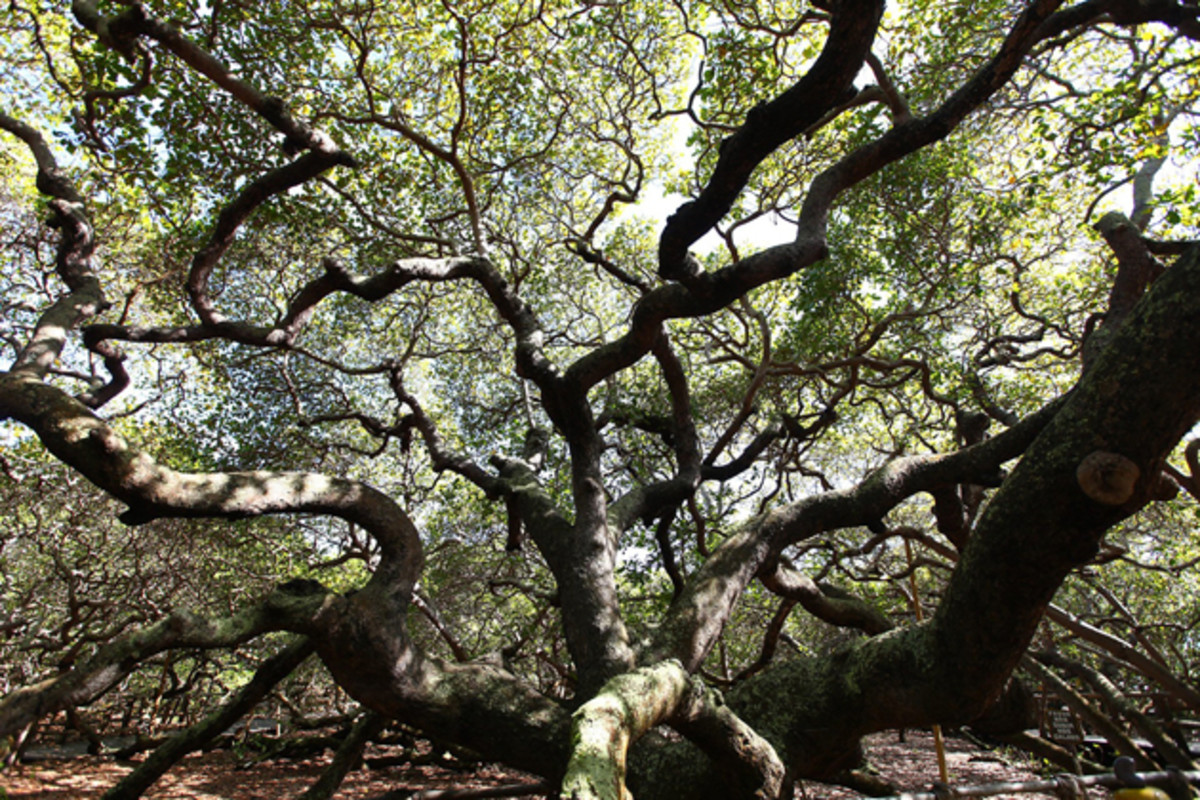
We’ll let the signage take it from here. “It is a simple dry fruit with one seed, attached to the wall fruit at one point, kidney-shape, with length and width variables, with brown-gray color. The bark is smooth and leathery … full of an almost black liquid, caustic, flammable, called Liquid of Cashew Nut Shell (LLC).” Yum.
Oh, but there’s more. “The cashew leaves are alternate, simple, entire, ovate, obtuse, leathery, … hairless, yellowish-green and purple-yellowish when young, measuring 10-20 cm long and 6-12 cm wide.” The leaves are also, apparently, used for medicinal purposes, for gargling and healing mouth and throat diseases and, when made into tea, used to cure respiratory ailments and hypertension. Basically, this is the LeBron James – versatile, dominant, with thick arms – of the tree universe.
Did we mention the world’s largest cashew tree has Wi-Fi?
To walk the length of the tree, the path twists, so as to avoid the lower branches, and it takes maybe 10 slow camera-snapping minutes. At the walk’s end, there is a platform to view the tree from above. The scope is truly evident up there, and it is peaceful, a break from the drunken madness of Natal’s beaches, until some dude starts shouting into a megaphone. “Viva Brazil! Americana! Viva! Viva! Viva!”
Viagem Brazil: In Natal, anxiety momentarily fades for opening match
That, it turns out, is Dr. Cashew (real name Inaldo Lucas de Paiva), and no, that sentence was not lifted from The Onion. Dr. Cashew is, pardon the pun, more than a little nutty. He works a stand across the street. He sells cashew nuts. He wears a white lab jacket, white pants, a white fedora, a yellow toy stethoscope and audacious oversized yellow sunglasses that cover most of his face. He is, in one word, awesome.
“Of course I am excited about the World Cup,” he says. “In life, we have to enjoy things. The problems with our country are not the World Cup. They are the politicians.”
More tourists arrive. They carry the Mexican flag. “Viva Mexico!” he shouts through the megaphone.
There remains but one more task to accomplish – namely, try some cashew juice. Simon Bruty, our intrepid photographer/bodyguard winces at the first sip and calls it “an acquired taste,” but eventually comes around.
He also logs into the WiFi and posts an Instagram picture, as the world’s largest cashew tree showcases its versatility once again.
This is the fifth piece in a series throughout opening weeks of the World Cup, in which SI senior writer Greg Bishop and photographer Simon Bruty chronicle their travel to offer a taste of the cultural side of Brazil. They continue their trip in Natal, the capital of the Rio Grande do Norte.
Bishop Day 5
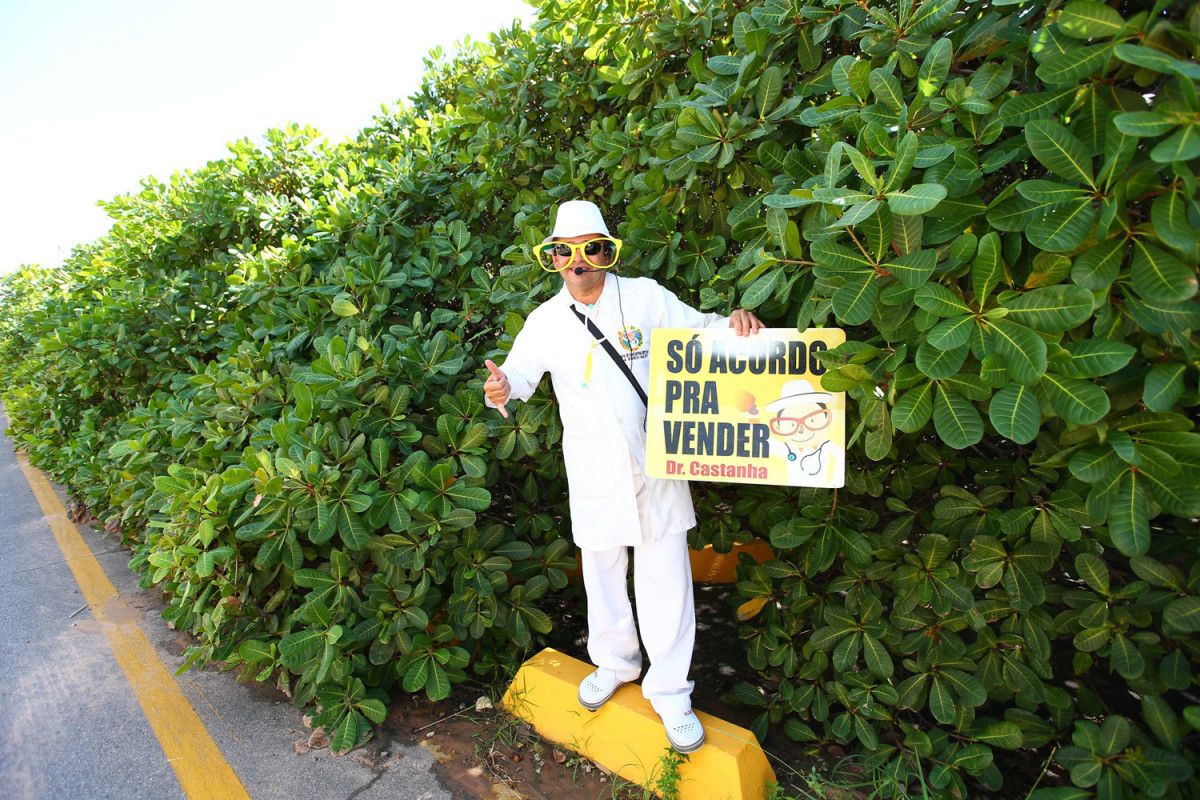
Viagem Brazil: Greg Bishop and Simon Bruty's Travel Guide to the Other Side of the World Cup. (Photos by Simon Bruty/SI)
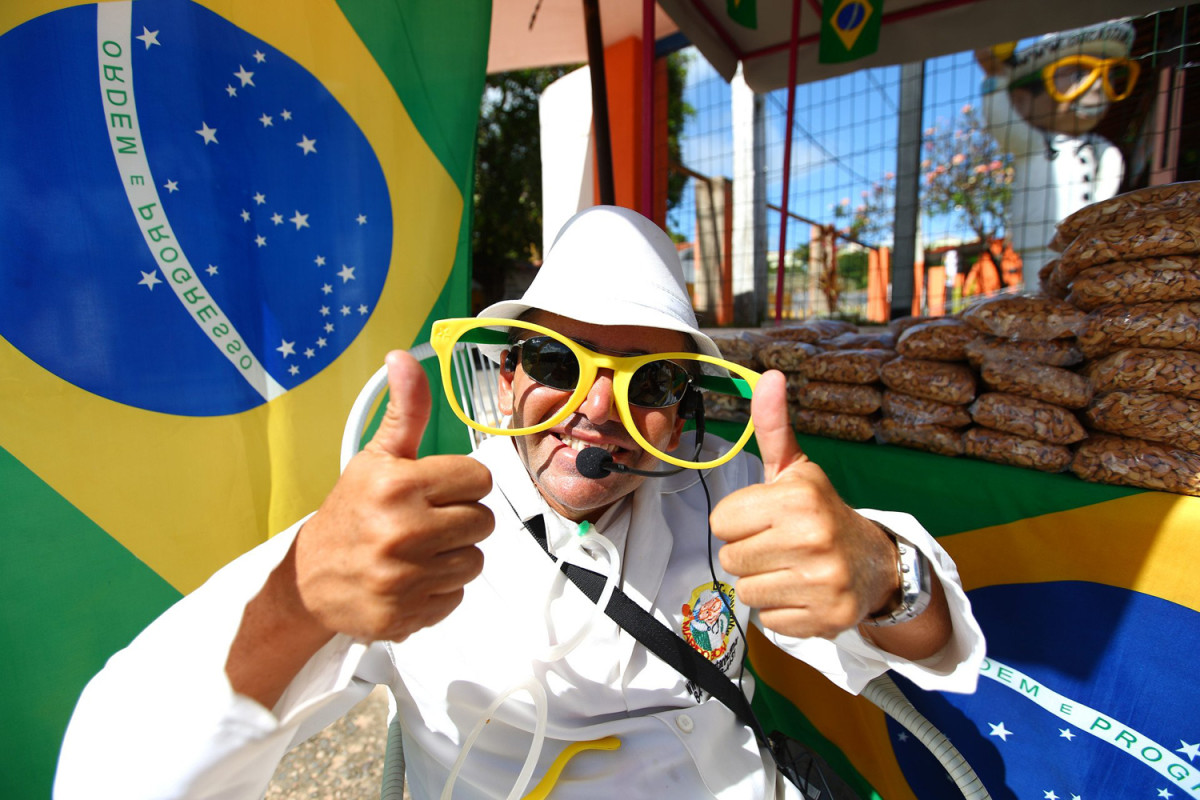
Viagem Brazil: Greg Bishop and Simon Bruty's Travel Guide to the Other Side of the World Cup. (Photos by Simon Bruty/SI)
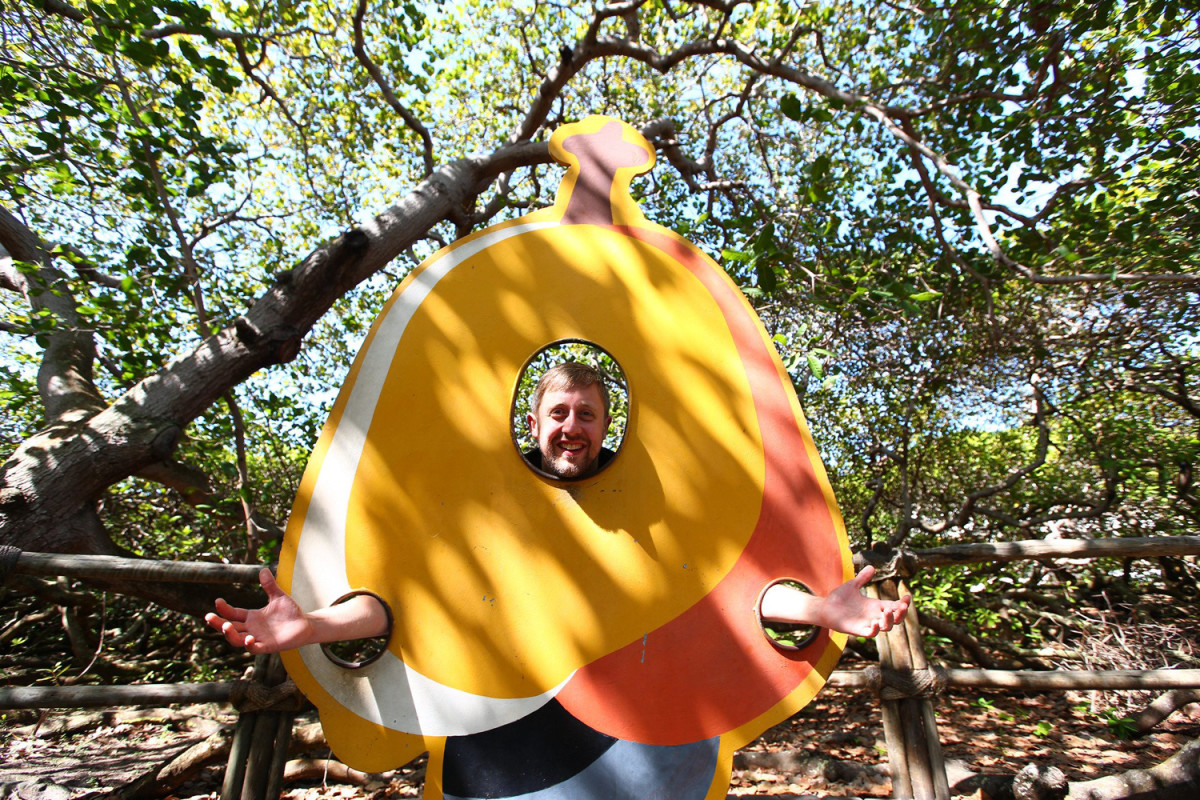
Viagem Brazil: Greg Bishop and Simon Bruty's Travel Guide to the Other Side of the World Cup. (Photos by Simon Bruty/SI)
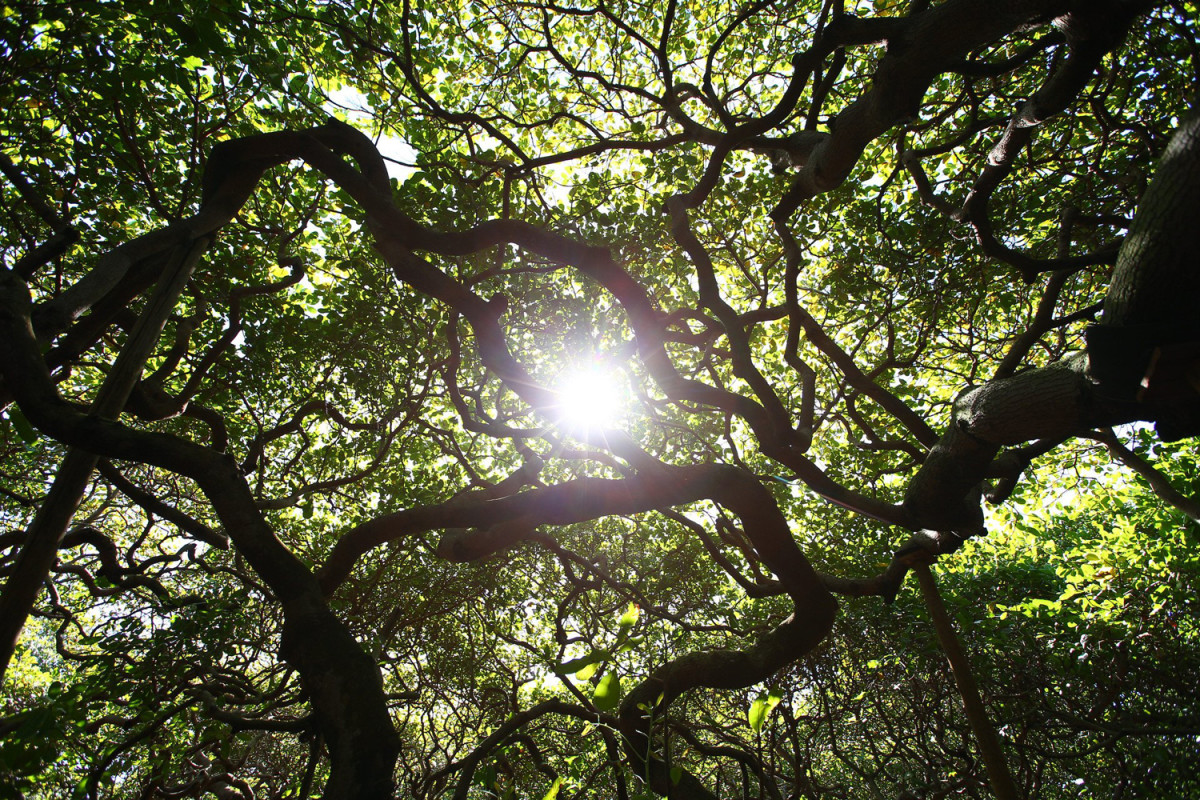
Viagem Brazil: Greg Bishop and Simon Bruty's Travel Guide to the Other Side of the World Cup. (Photos by Simon Bruty/SI)
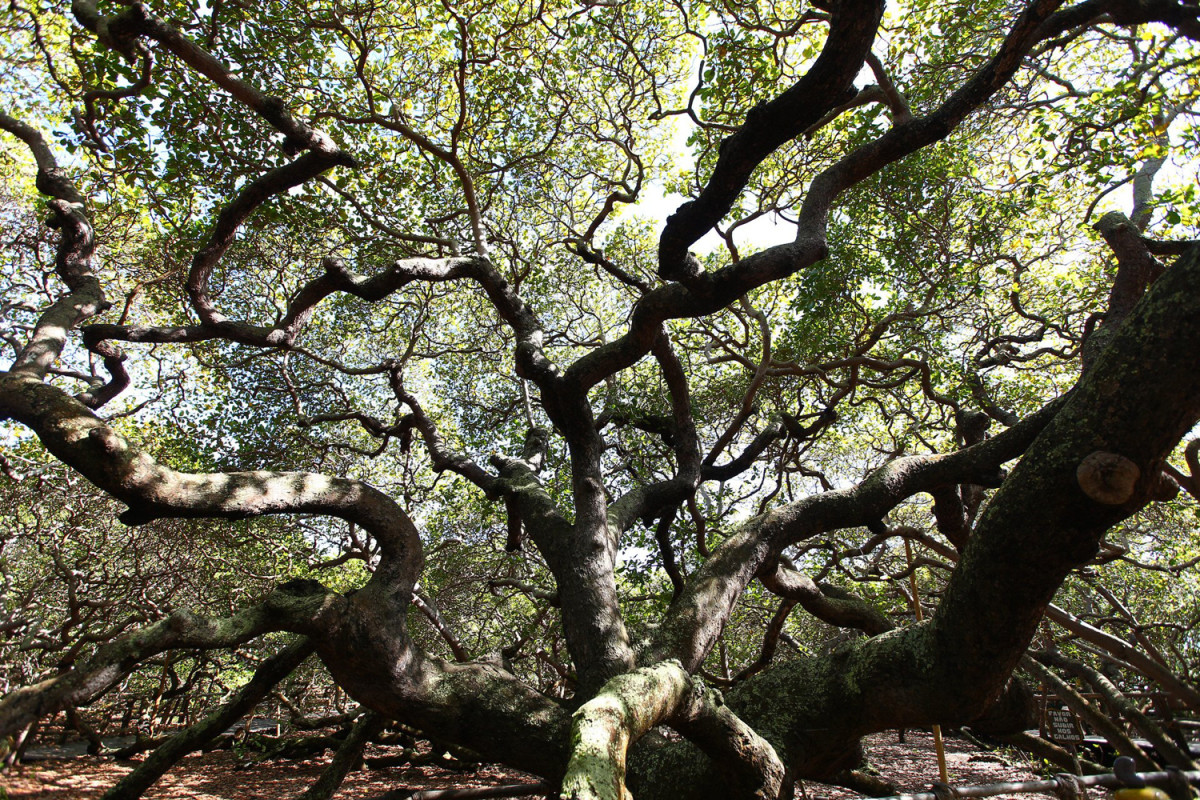
Viagem Brazil: Greg Bishop and Simon Bruty's Travel Guide to the Other Side of the World Cup. (Photos by Simon Bruty/SI)
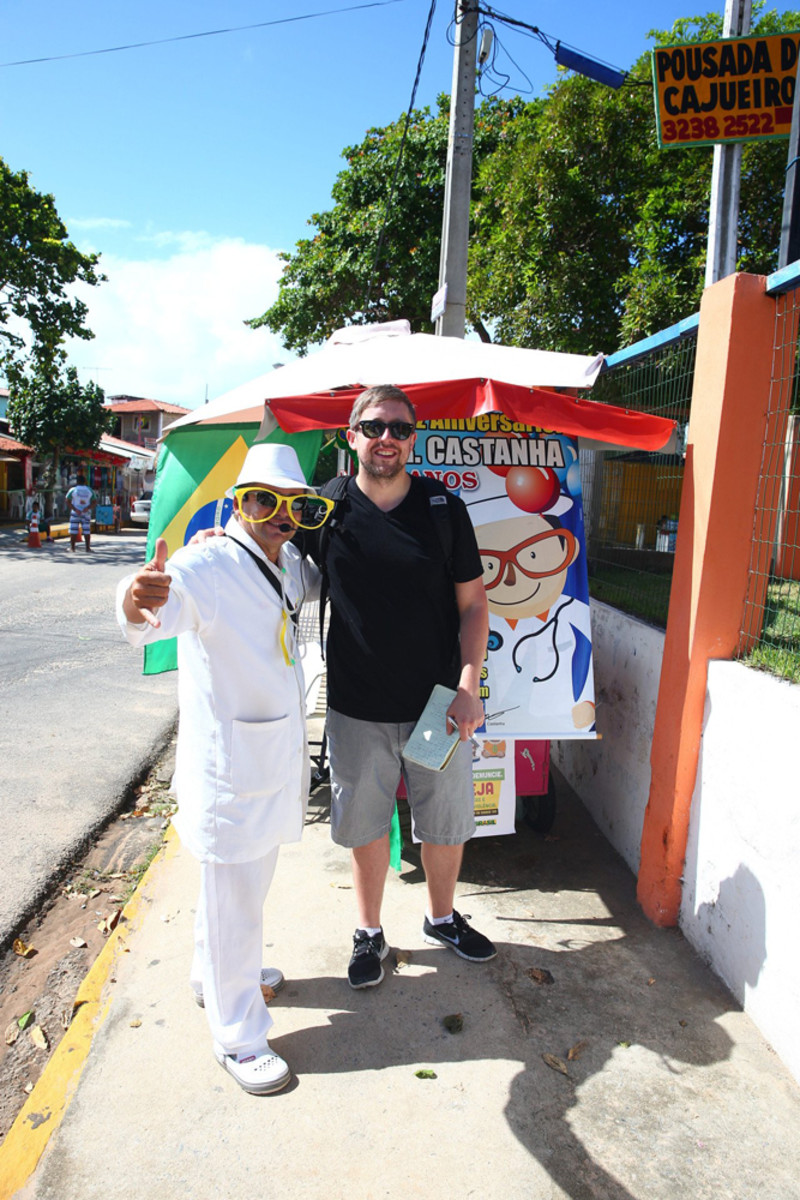
Viagem Brazil: Greg Bishop and Simon Bruty's Travel Guide to the Other Side of the World Cup. (Photos by Simon Bruty/SI)
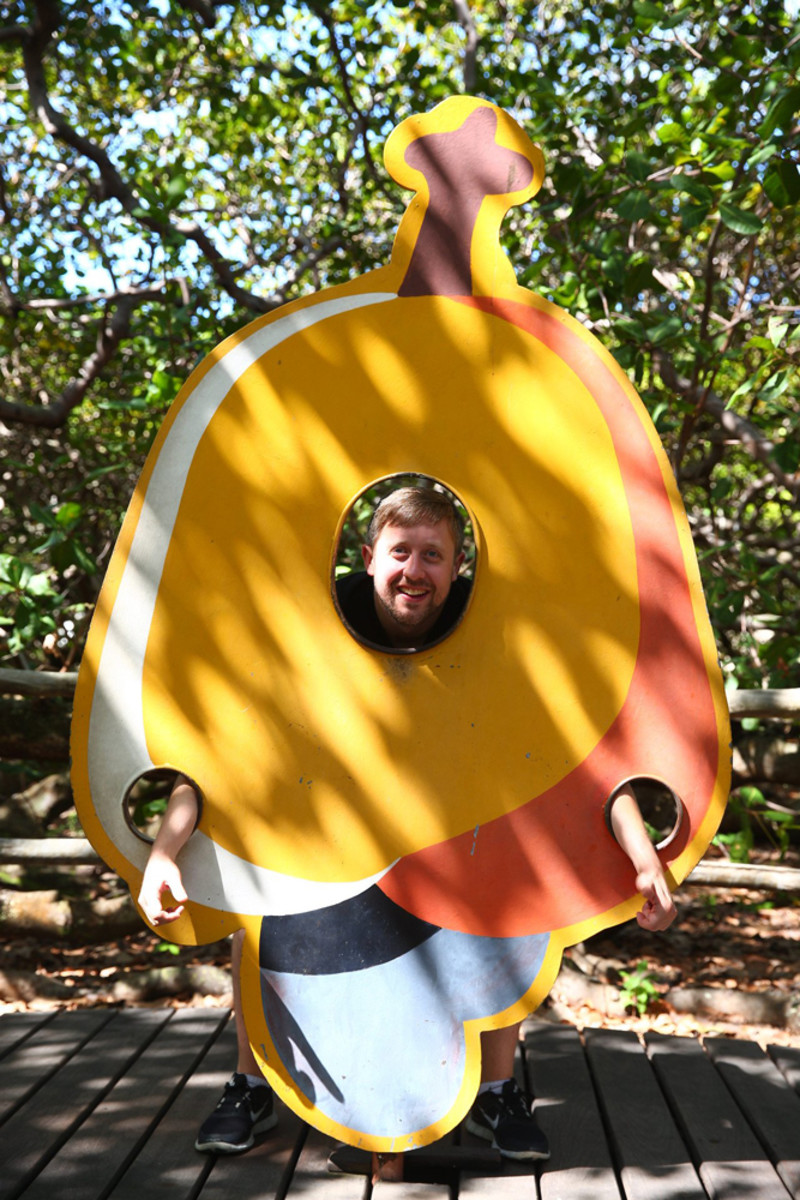
Viagem Brazil: Greg Bishop and Simon Bruty's Travel Guide to the Other Side of the World Cup. (Photos by Simon Bruty/SI)
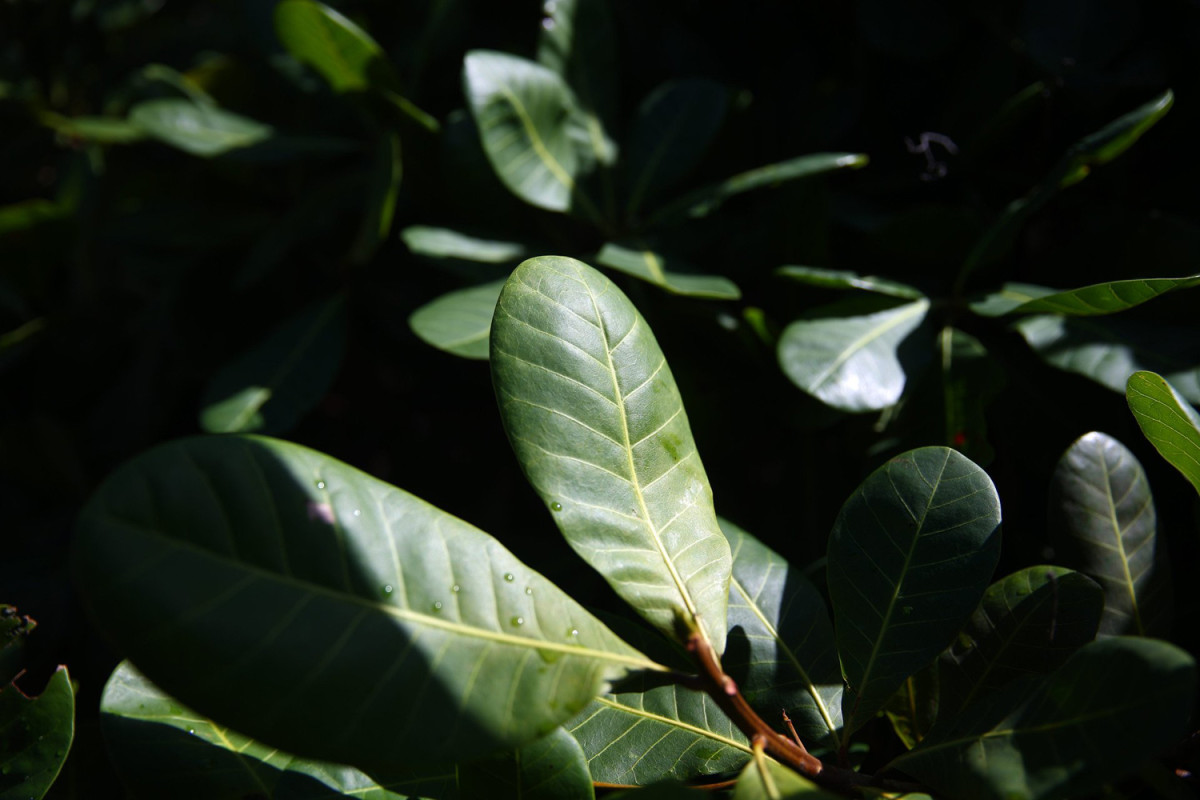
Viagem Brazil: Greg Bishop and Simon Bruty's Travel Guide to the Other Side of the World Cup. (Photos by Simon Bruty/SI)
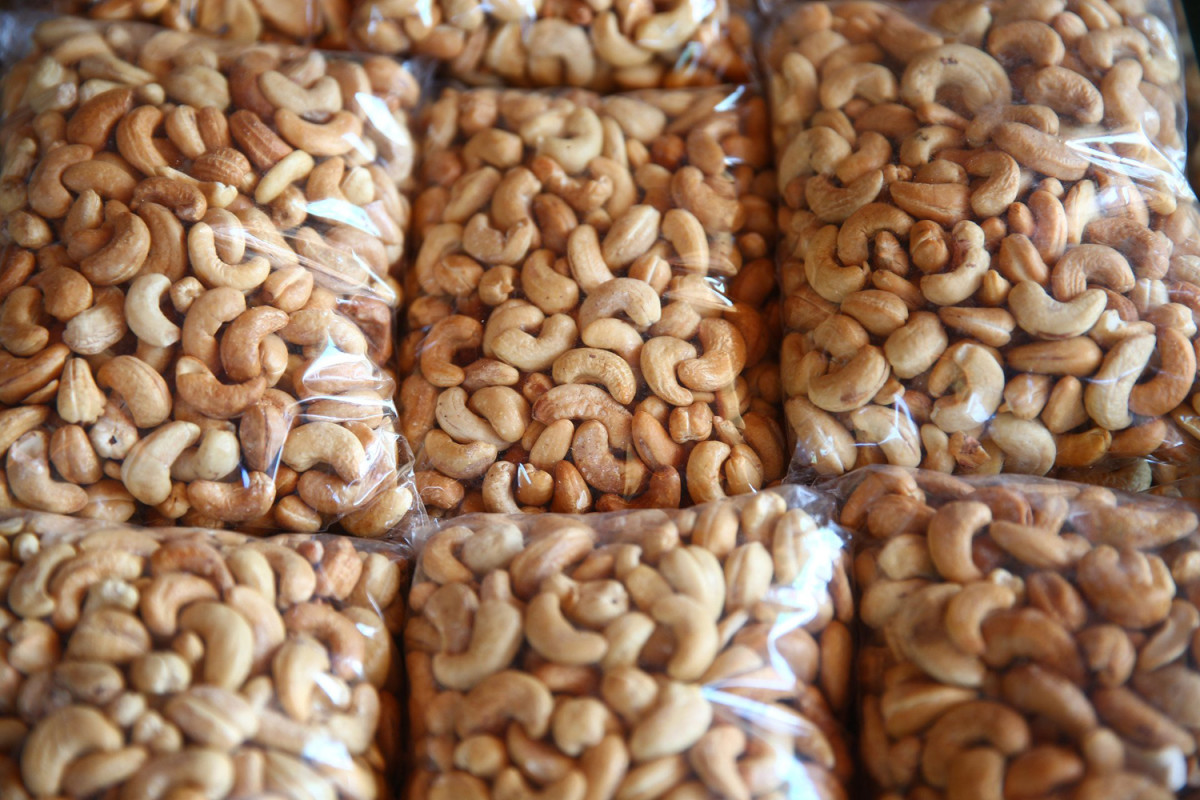
Viagem Brazil: Greg Bishop and Simon Bruty's Travel Guide to the Other Side of the World Cup. (Photos by Simon Bruty/SI)
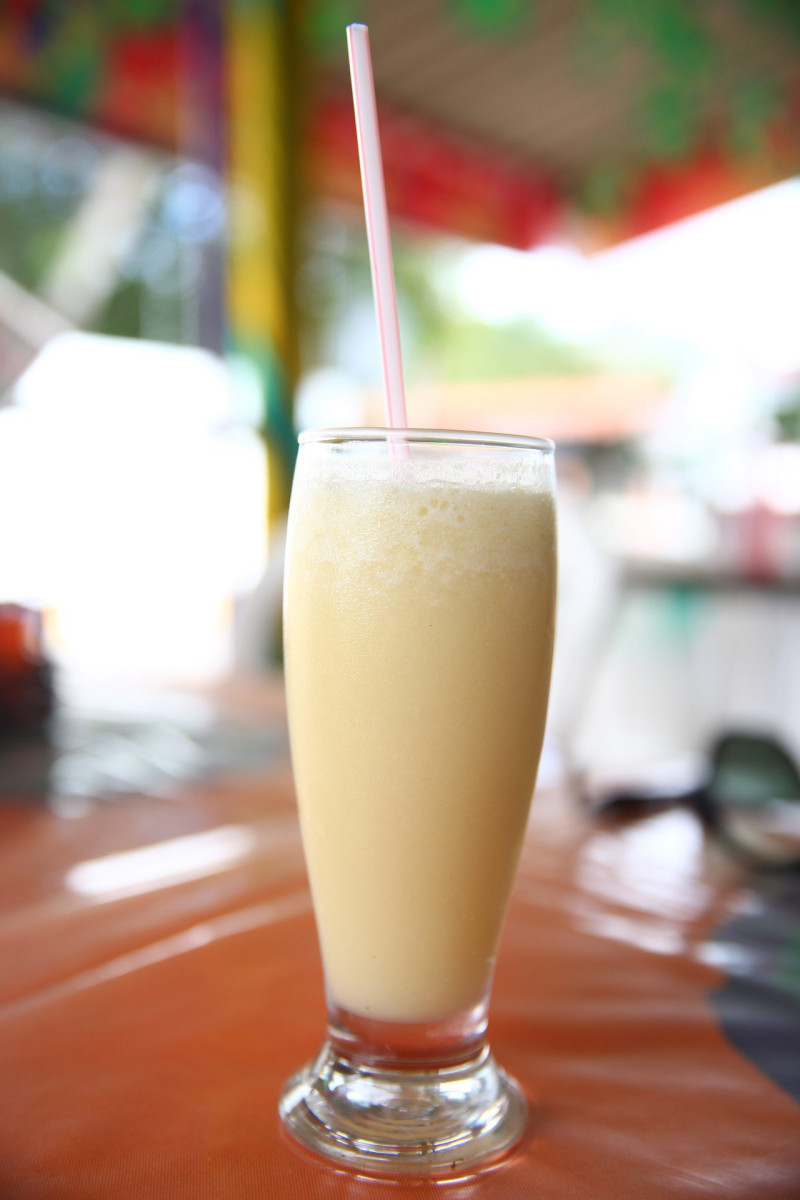
Viagem Brazil: Greg Bishop and Simon Bruty's Travel Guide to the Other Side of the World Cup. (Photos by Simon Bruty/SI)
